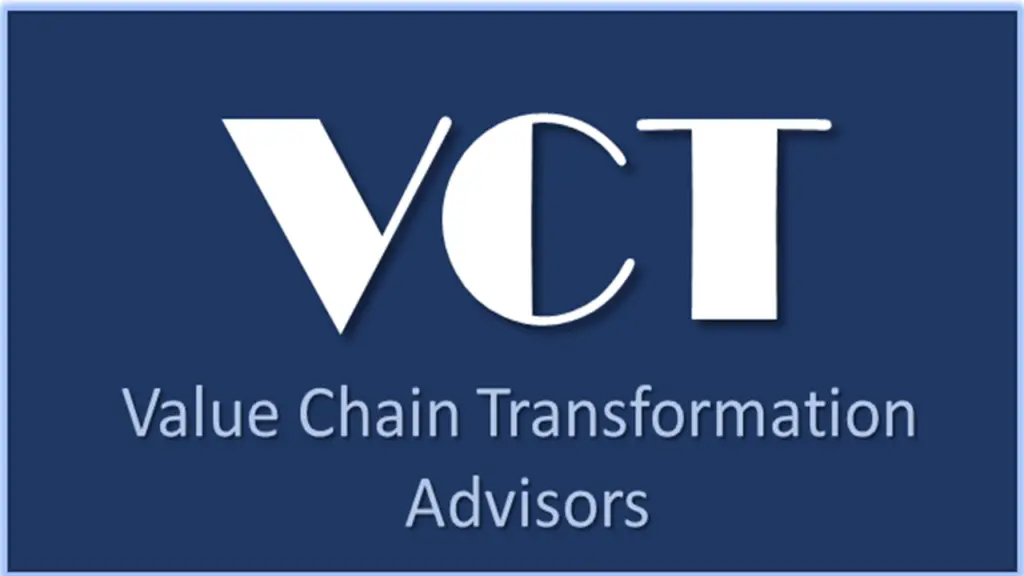When managing complex supply chains, you need advanced solutions built for the present rather than the past
Spreadsheets were never designed for supply chain planning. Yet, a considerable percentage of organizations still rely on Excel to manage their supply chain operations. A survey by Supply Chain Insights put the usage rate at 65%, while another pinned the share at 67%. If your organization belongs in this category, there are compelling reasons to reconsider the approach, and we will explain why in this post.
Are You Still Using Excel for SCP?
The appeal of spreadsheets is hard to deny. Most of us are familiar with the tabular format from our time in school and can appreciate the ability to manipulate and visualize data with relative ease. If you have spent years or even decades collecting, tracking, and sharing supply chain data with manual spreadsheets, it’s not surprising that you may be apprehensive about making a change. Old habits are hard to break but aren’t always the best. The convenience and familiarity of Excel do not make up for the fact that it’s a woefully inadequate tool to manage the real-time complexity and growing interdependencies of modern supply chains.
One former user described the shortcomings of spreadsheets like this in a SupplyChain 24/7 interview: “Using a collection of spreadsheets (each owned by different people or teams) tends to be rather manual and disconnected so typically it’s quite difficult to figure out the true state of business on any given day because you have to look in so many different places.”
Supply Chain Planning Demands More Than Spreadsheets
Consider also the widespread use of Excel in light of the priorities and challenges that supply chain professionals identify in the just-released 2023 supply chain report by APQC (American Productivity and Quality Center).
Three observations stand out:
- Trends: Among the top four trends that they believe will likely have a significant supply chain impact over the next three years, two relate to technology: 1) big data and advanced analytics, and 2) digitization of the supply chain.
- Priorities: Survey participants named demand planning and forecasting the top supply chain priorities alongside improved communication and collaboration.
- Moving forward: APQC recommends using technology to support better decision-making, flexibility, and stability in an environment where disruption and rapid shifts have become standard.
APQC observes: “It is important to note that in comparison to 2022, a greater percentage of supply chain organizations expect significant impacts this year, and the sheer number of identified impacts has also increased. This further underscores the notion that to survive and thrive in the coming year, businesses must focus on building resiliency and flexibility into the activities that support their supply chain networks.”
In other words, the complexity and demands of modern supply chains require tools designed for this era. While spreadsheets may have worked in the past, they lack the crucial capabilities you need to support multi-party business collaboration, infinite moving parts, and fast-changing scenarios.
Studies Show Companies With Advanced Solutions Gain An Edge
Several studies have found that companies can realize significant benefits by adopting advanced supply chain technology. Below are two examples:
- A study by Deloitte found that companies that use advanced analytics for supply chain management are more likely to outperform their competitors. Specifically, it resulted in higher levels of customer satisfaction, lower inventory levels, and higher profitability.
- A survey by the Hackett Group revealed that companies that leverage more advanced supply chain management software are more likely to have a lower cost of goods sold (COGS) and higher inventory turns. The gains stem from the companies’ improved ability to optimize their supply chain networks, reduce excess inventory, and improve delivery times.
The Top Drawbacks of Using Spreadsheets For Supply Chain Planning
Limited Capabilities
Spreadsheets are designed for basic data entry and manipulation tasks. While Excel can handle simple calculations and basic analysis, they are not equipped to address a multitude of complexities, large datasets, and detailed supply chain analysis. This prevents you from effectively performing a range of key functions of your supply chain operation:
- Multi-echelon inventory optimization: In a multi-level supply chain, each level has its own inventory requirements, lead times, and costs. Spreadsheet-based inventory management cannot balance these competing factors promptly and accurately.
- Capacity planning: Balancing demand and supply constraints across multiple facilities and production lines requires real-time data from various sources to optimize capacity utilization. Spreadsheets lack the functionality to get the job done.
- Demand forecasting: Spreadsheets are not designed to filter large volumes of data through sophisticated statistical models, and they lack the capability to analyze multiple data sources, including historical sales data, market trends, and competitor analysis.
- Collaborative planning: Collaboration across business units is a hallmark of modern supply chain management that Excel does not support. When suppliers, distributors, and customers can’t easily communicate or share information in real-time, the risk of miscommunication and delays increases.
- Real-time tracking: What is the real-time statusof shipments, inventory levels, and production schedules? With spreadsheet planning, you just don’t know. And without that data, how can you optimize your supply chain?
Data Accuracy Issues
Manual data entry comes with an increased risk of errors, which can lead to significant issues in supply chain management. A single mistake in a spreadsheet can cause a ripple effect throughout the supply chain, leading to delays, increased costs, and reduced customer satisfaction. If you also share the sheets with multiple users, version control and data integrity inevitably become major challenges that further complicate management.
Time-Consuming
Does someone on your team spend a lot of time manually entering data into spreadsheets? The process is not only time-consuming but also error-prone. As an Adobe finance chief told the Wall Street Journal in an article about CFOs cutting back on the use of Excel, “I don’t want financial planning people spending their time importing and exporting and manipulating data; I want them to focus on what the data is telling us.”
Lack of Collaboration
As noted earlier, spreadsheets are not designed for collaboration, which can be a significant problem in supply chain management. Supply chains are inherently collaborative, involving multiple stakeholders across different departments and organizations. Spreadsheets make it difficult to share information and collaborate effectively, leading to delays and communication breakdowns.
Increased Risk
Using spreadsheets for supply chain management increases the risk of data breaches, errors, and non-compliance. With spreadsheets, data is more likely to be lost, corrupted, or stolen. The inability to track changes and maintain a detailed audit trail can also lead to issues with compliance and regulatory authorities, such as GDPR and HIPAA.
Make a Change, Get a Winning Edge with GAINS
Is a “make-do” mindset making it challenging for your organization to move on from using Excel for supply chain management? Creating a compelling business case and navigating the project and funding approval process can certainly be overwhelming. But as real-world examples and studies show, the rewards for adopting an advanced software solution far outweigh any perceived obstacles.
To achieve the agility, resilience, visibility, and profitability that your organization needs to maximize success, talk to GAINS. Our proven demand, supply, and inventory optimization platform was designed to give companies like yours an edge in today’s dynamic business environment.
Contact us today to start a conversation.
Read more:
Is a ‘Set It and Forget It’ Mindset Your Best Option in a Volatile Supply Chain Environment
The Inventory Challenges No Organization Should Have to Face



